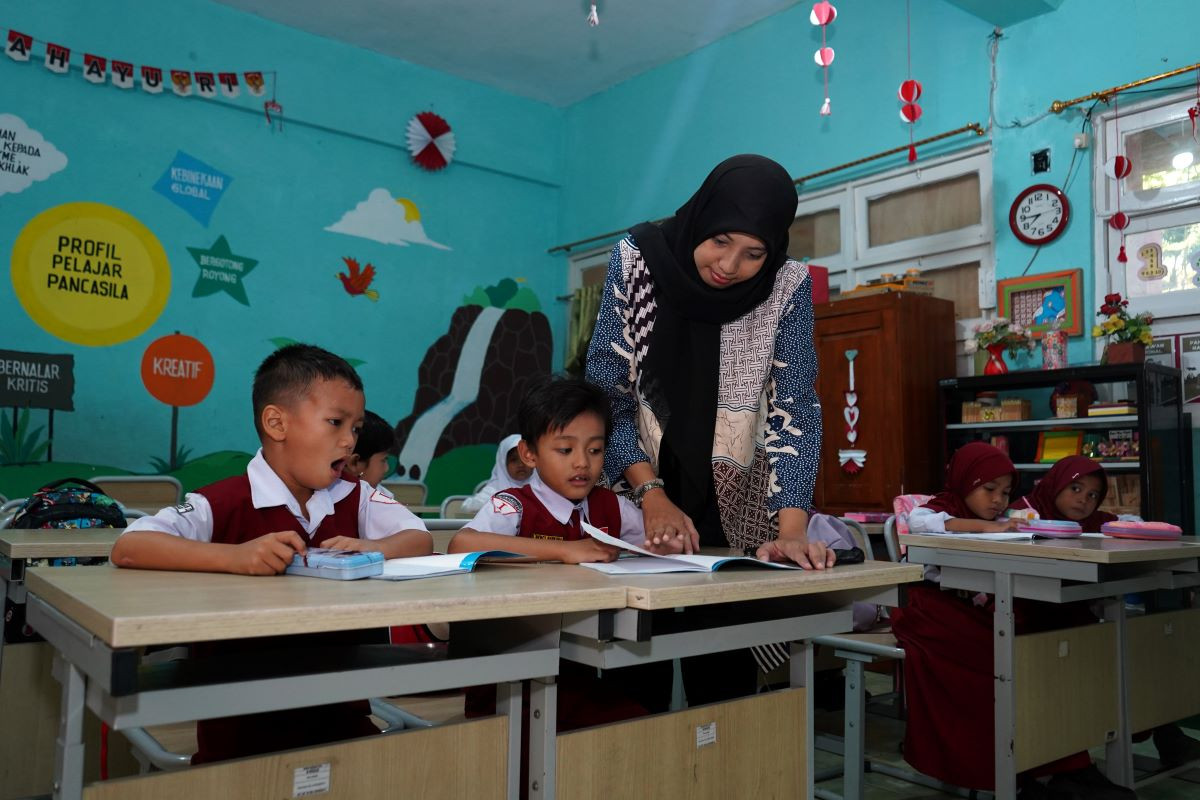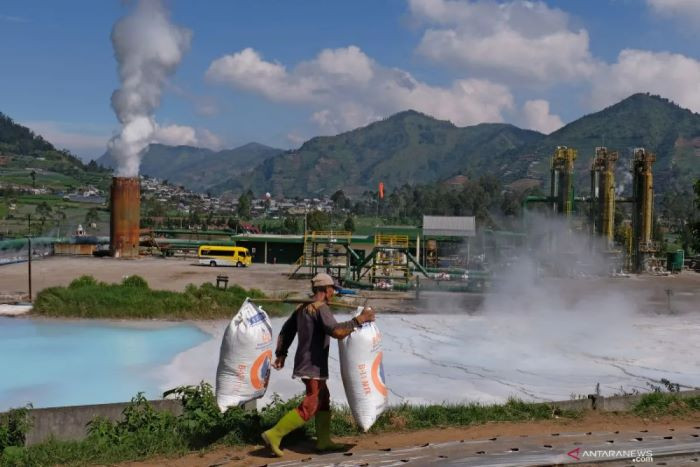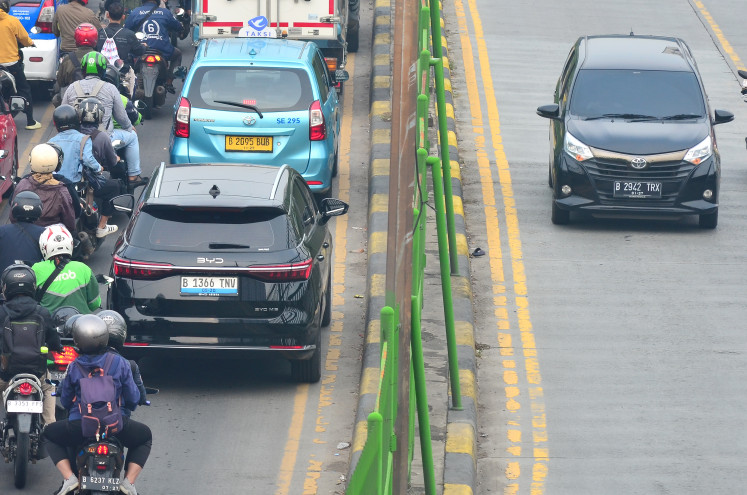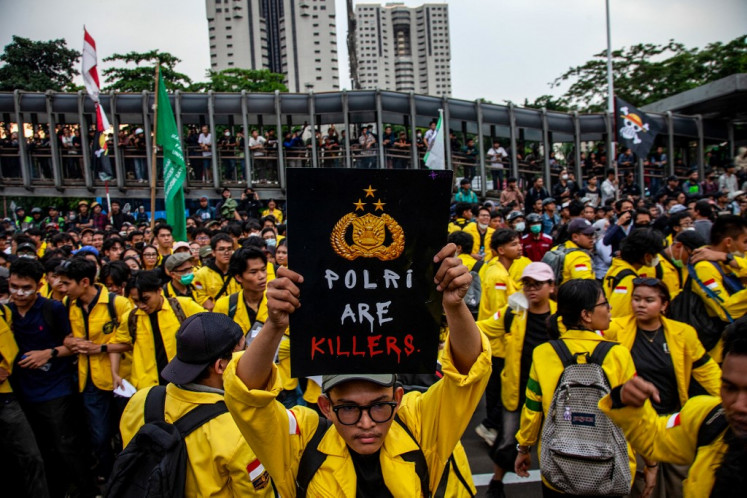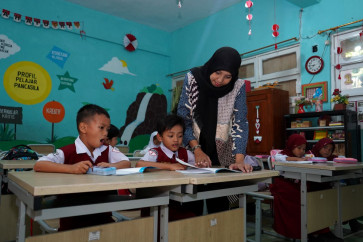Popular Reads
Top Results
Can't find what you're looking for?
View all search resultsPopular Reads
Top Results
Can't find what you're looking for?
View all search resultsCan school become a safe place for children?
Enhancing social safety within the school requires not only the increase of knowledge but also teaching awareness and skills.
Change text size
Gift Premium Articles
to Anyone
M
any parents worry about sending their children to school. In the process of choosing a school more often the issue: “how safe in the school” or in other words: “how bad will my child get bullied?” becomes a deciding factor.
All over the world children get bullied, harassed and violated at school. This is in stark contrast to the legal obligation that schools have to take good care of the children entrusted to them, also with regards to their social safety. Unfortunately, almost every school falls short in providing a safe environment, usually not because of lack of interest or care but the problem is too persistent and schools often do not know how to approach it.
Too many children are falling victim to this, with the consequence that they are bullied, harassed and violated every day. For some children, suicide becomes the only escape from relentless bullying. Too many adults still suffer the consequences and develop anxiety, mental problems and have trust issues.
The other side of the coin is that children who bully and are not corrected almost all end up becoming criminals. For a society as Indonesia, but actually for every society, this is too big a burden. Yet there is still no country that has come up with an approach to eradicate bullying. Fortunately, some countries have started working on a promising approach.
In many Western Countries enhancing “social safety” at school is more and more emphasized. Social Safety means protection or feeling protected against danger caused by or threatened by human actions in public and semi-public space.
The awareness has risen that implementing an anti-bullying protocol or providing a social skills training is not enough to effectively address bullying and other manifestations of Social Unsafety. There are examples of regulations, such as in the Netherlands, where a Social Safety Act, requires amongst others schools to develop policies to prevent violence and ensure social safety, appoint a contact person for social safety, register incidents and hold a mandatory yearly survey to monitor the (feelings of) safety amongst the students.
Although statistics show a decline in bullying and an increase in social safety, it’s still not enough to stop bullying and make schools safe. The reason is that none of the chosen approaches provides enough of an impact needed to cause a structural change in the behavior of the students. An innovative and more impactful approach is necessary to realize this change in the students, leading to a safer learning environment for everybody concerned.

